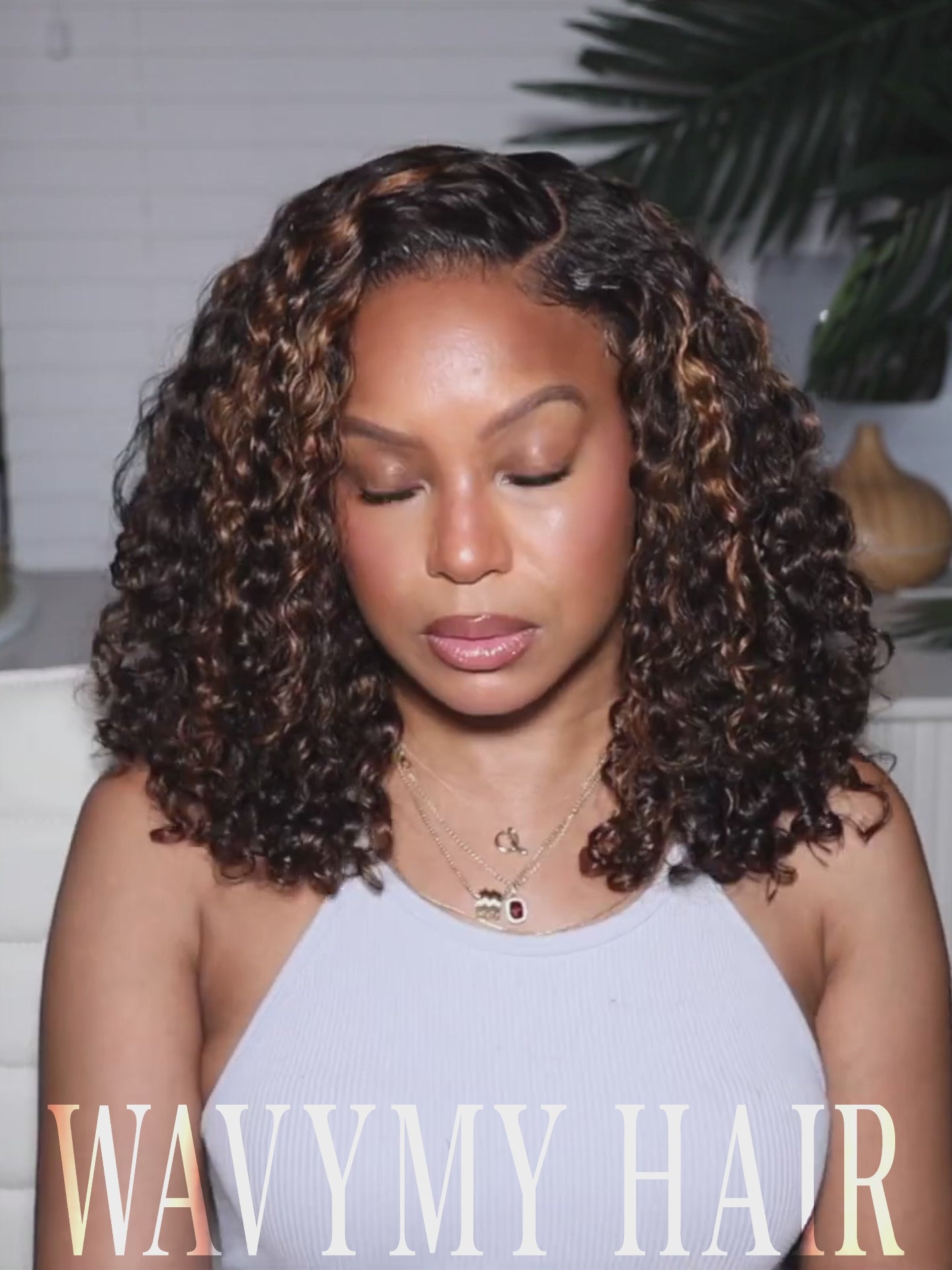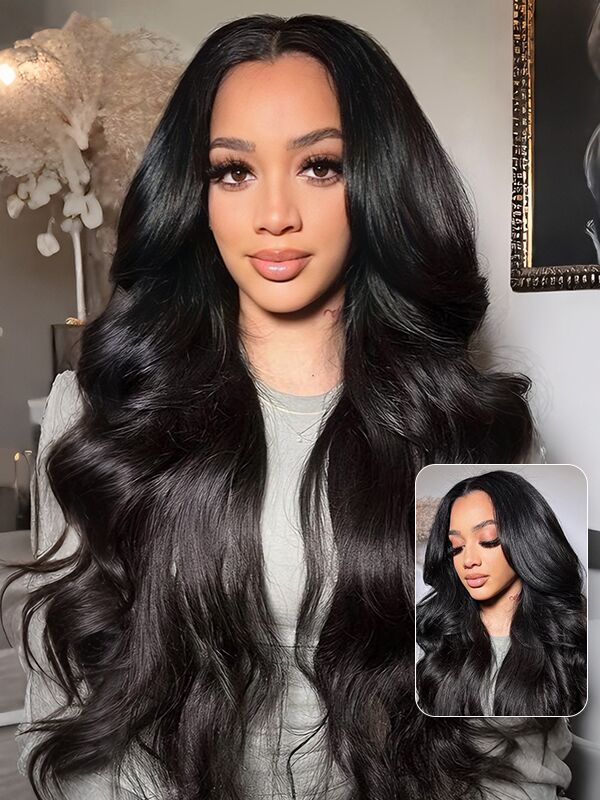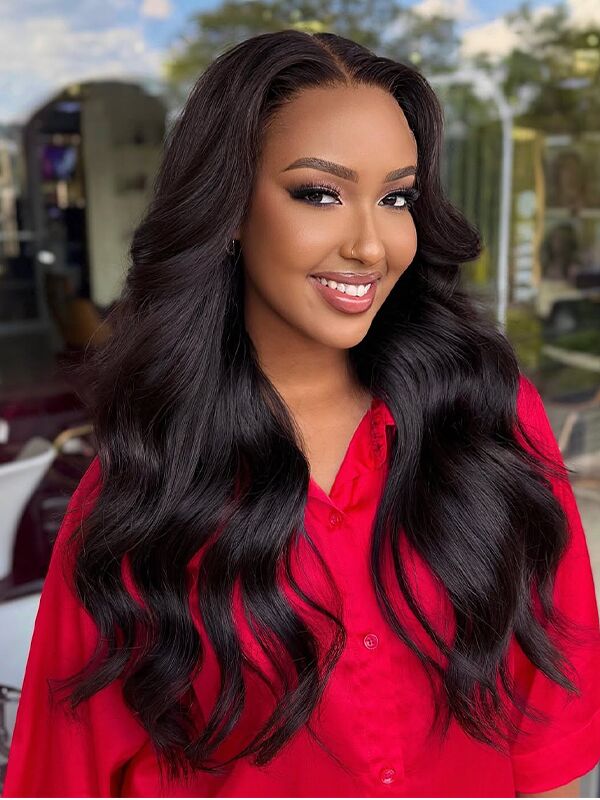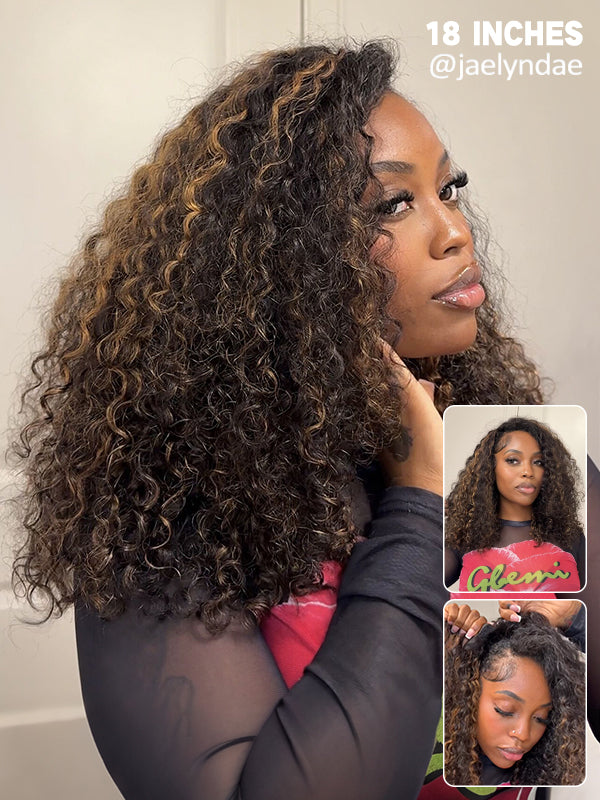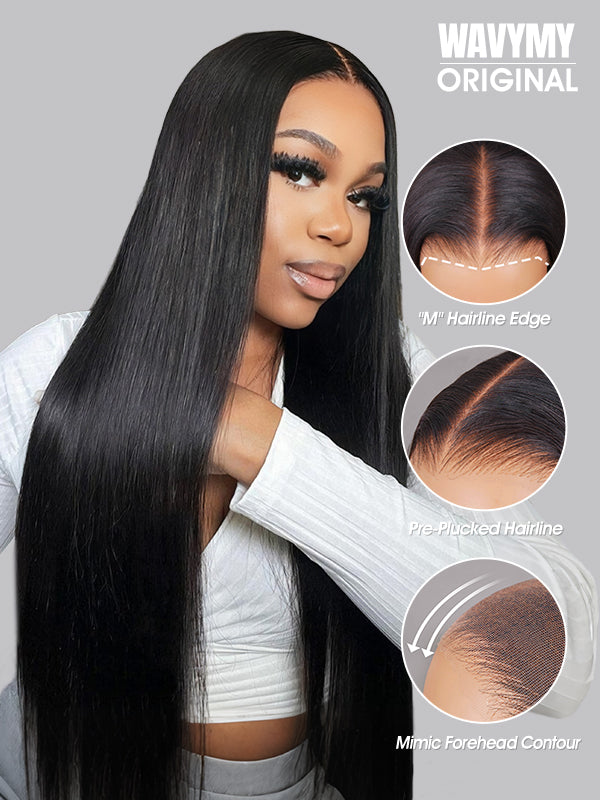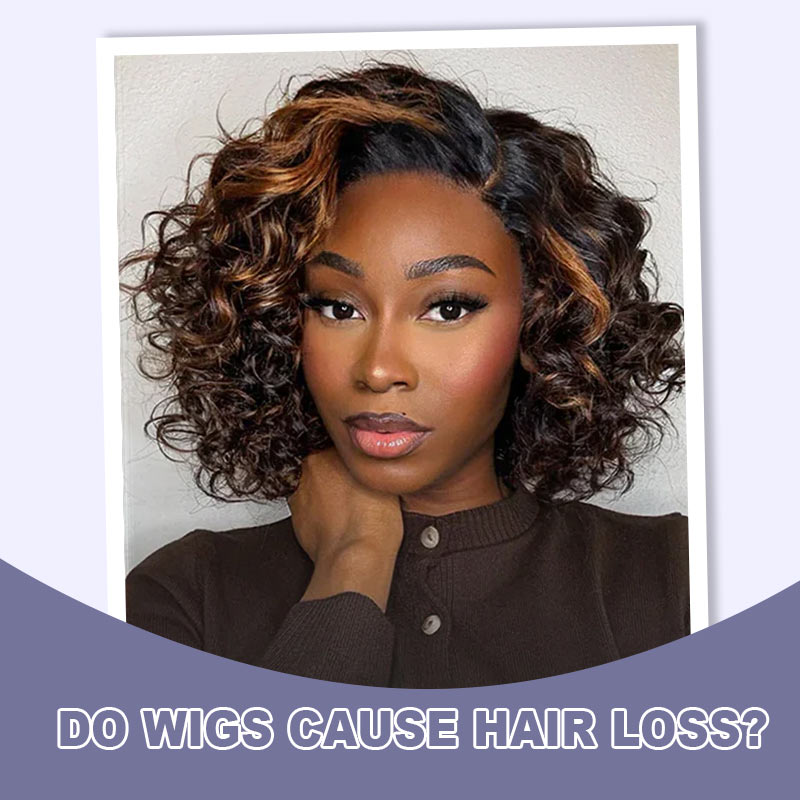As wigs have become a common choice for daily styling and hair loss concealment, "Do wigs cause hair loss?" has become a concern and worrying question for many wearers. Today, we'll give you the short and direct answer and help you wear wigs scientifically and stay free from hair loss worries.
Does Wearing a Wig Cause Hair Loss?
The short answer? Nope. Let me break it down simply: high-quality wigs themselves do not directly cause hair loss. Hair growth originates from the hair follicles of the scalp. A wig, though? It’s just a decorative layer sitting on top of your scalp. As long as the wig doesn’t damage the health of the hair follicles, it will not make your hair fall off.
The Real Culprit: It's Not the Wig, It's the Wear
If you’re losing hair because of wigs, the main culprit is usually the wrong way of wearing them, not the wigs. The improper wearing method will cause traction alopecia, which is a condition caused by constant and long-term pulling and tension on hair follicles.
When your hair is prepped too tightly and the wig is secured too tightly, it will cause pulling at your hair follicles nonstop and keep them under tension for a long time. The constant pull damages the follicles over time, and once they’re weakened, you’ll start noticing your hairline receding, hair breaking more easily, or even hair loss. It’s not something that happens overnight; it’s the slow, constant pulling and tension that adds up.
What Wig-Wearing Habits Cause Hair Loss?
A Too-Tight Fit
Many wig wearers think that a tighter wig is more secure, but they overlook the harm of being too tight: a wig that is too tight can continuously press the scalp and block scalp blood circulation. Long-term and continuous tension on hair follicles can make them gradually become fragile, ultimately leading to "traction alopecia"—a form of hair loss.
Harsh Tape and Glue

In order to prevent the wig from sliding, some people use strong tape or glue to fix it. This type of product contains irritating chemicals, and long-term contact with the scalp irritates your scalp and damages your hairline, leading to redness and itching of the scalp. More seriously, the harsh chemicals may directly affect hair growth and cause hair loss over time.
Tight Hair Preparation

If the natural hair is prepared too tightly before wearing a wig (such as braiding cornrows that are excessively close to the scalp) and then wearing a wig, it will form more pulling and tension. The scalp being in this state for a long time will lead to traction alopecia.
Wear a Wig without a Wig Cap

A wig cap is necessary, especially for long-term wear; it is a "shield" to reduce the friction and protect your natural hair. If you are wearing a wig without a wig cap, the wig base will directly rub against the natural hair, causing damage to the hair and making the hair dry and prone to breakage. Over time, this weakens your hair strands and hair follicles, leading to hair loss.
Not Giving Your Hair a Break
Some people wear wigs for a long period for convenience and even sleep without taking them off. Your scalp and natural hair need to "breathe and break," and being covered by wigs for a long time can make the scalp hot, stuffy, and lead to follicle stress and buildup of sweat, natural oil, and even worse hair loss.
Poor Natural Hair and Wig Hygiene
First off, let’s talk about skipping washes for your natural hair. If you wear a wig without cleaning your natural hair first? Big mistake. The natural oil your scalp makes, plus the dust floating around, will clog up your hair follicles. And your natural hair can’t grow like it should, and you’re way more likely to lose hair. Then there’s the wig itself—if you don’t wash it for a long time, it’ll be covered in bacteria and grime. When you put that dirty wig right on your head, it will irritate the scalp and lead to hair loss.
How to Prevent Hair Loss While Wearing Wigs
Choose the Right Wig Size: Seriously, don’t skip measuring your head before you buy a wig! So that you can pick one that fits perfectly for you.
Choose the Right Wig Type: Women with sensitive scalps, skip anything that’ll irritate you—go for glueless wigs made with real human hair. Things like skin lace wigs, 360 glueless wigs, or even half wigs work great here—they’re gentle on your scalp and still look natural.
Wear a Wig Cap: Don’t forget the wig cap, either! Always wear a wig cap before putting your wig on your head. Go for soft, breathable ones, and try to match them to your skin tone so they look natural.
Keep Your Natural Hair and Wig Clean: Wash and maintain your natural hair and wigs to achieve a healthy wear.
Give Your Natural Hair and Scalp Breaks: Let your natural hair and scalp breathe! Try not to wear a wig for a very long period. Take your wig off often to have breaks.
Install or Remove the Wig Gently and Carefully: And last but not least—be gentle and careful when installing or removing the wig! Don’t yank it or pull too hard!
Conclusion
Truth is, wigs don’t cause hair loss—not if you wear them the right way! In fact, they can be total lifesavers for protecting and enhancing your natural hair. All it takes is avoiding those bad habits we talked about earlier and keeping your natural hair and scalp healthy.
Related Posts:

